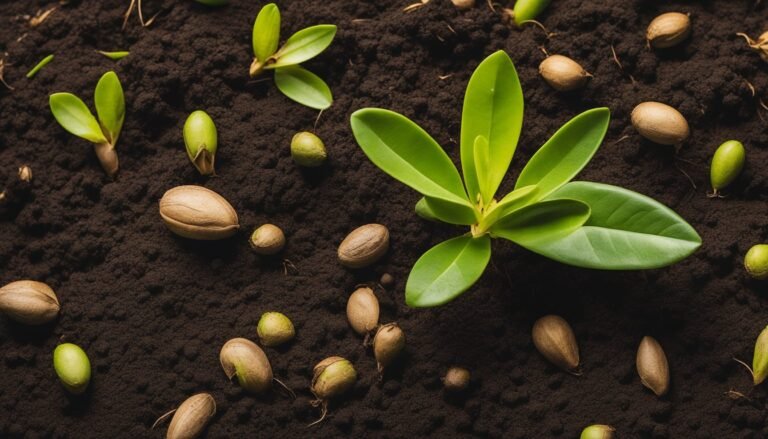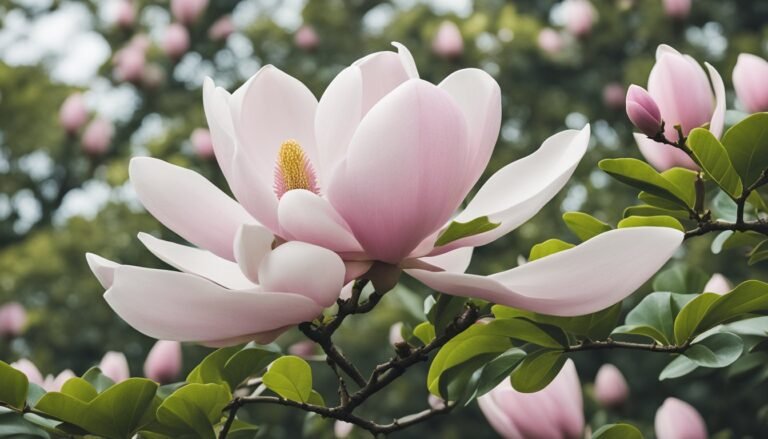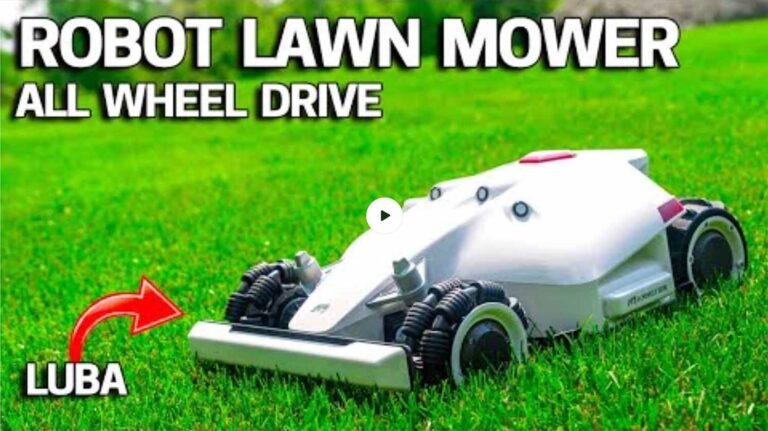Wasps in Ireland constitute a small but critical part of the country’s ecology. Primarily seen as a nuisance by residents, particularly during the warm summer months, wasps are actually vital contributors to Ireland’s biodiversity. I understand that they perform essential roles such as pollination and natural pest control, often unnoticed amongst the hum of summer activities. The most commonly encountered species are the Common Wasp (Vespula vulgaris) and the German Wasp (Vespula germanica), which are notable for their yellow and black striped bodies.

I acknowledge that the behaviour and life cycle of these insects are fascinating, yet often misunderstood aspects of their existence. For instance, the social structure within wasp colonies is complex, and the lifecycle of a wasp can offer insights into the intricate workings of the natural world. While engagement with the public regarding wasp conservation is less commonly discussed, it’s an important area of focus to maintain the delicate balance of local ecosystems. With the changing-climate patterns, the role and management of wasps in Ireland are becoming increasingly relevant, prompting questions and requiring informed strategies for encounters with these insects.
Key Takeaways
- Wasps are important for pollination and pest control in Ireland.
- The Common and German Wasp are the main species encountered.
- Public engagement and proper management are key for coexistence.
Species Diversity and Distribution
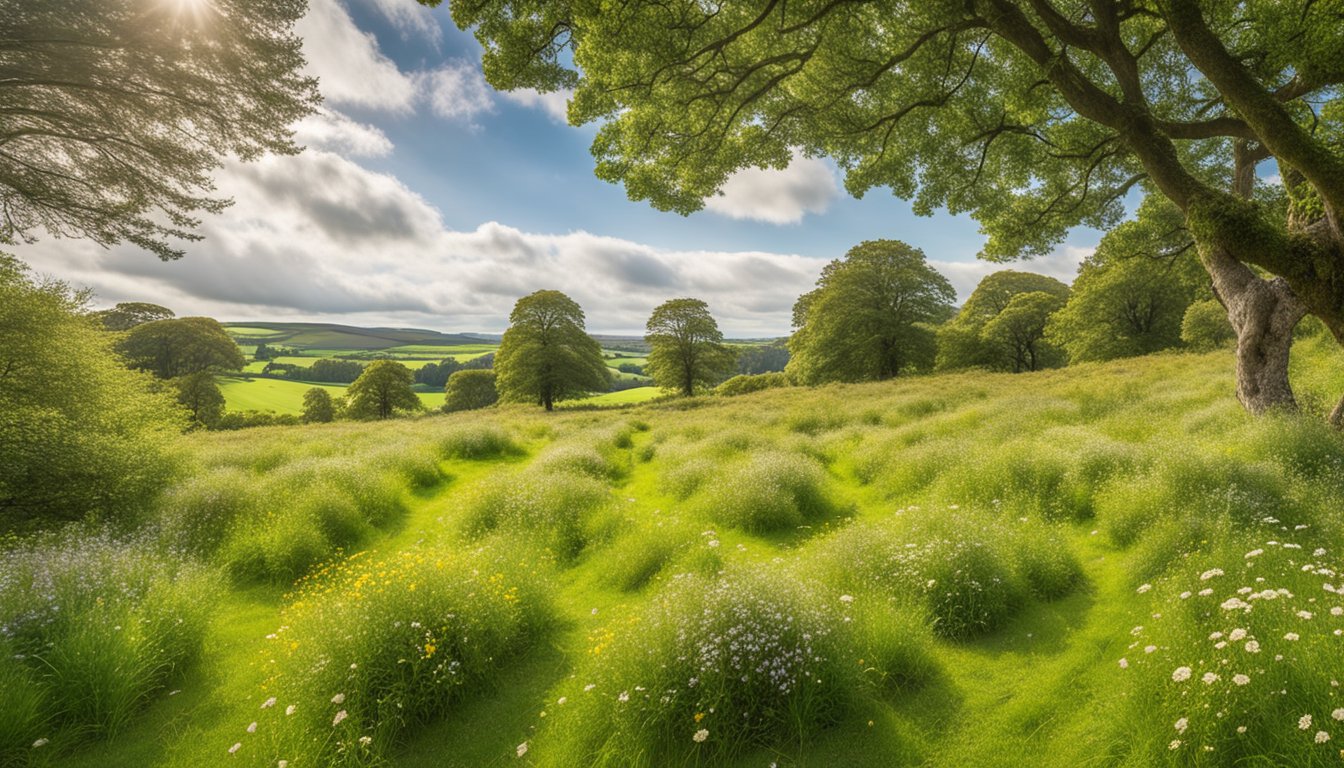
In examining the wasps of Ireland, I find a surprising variety that occupy numerous habitats across the country. Biodiversity is rich, with distinct species and their nests represented in various locations lending insight into their ecological roles.
Native Wasp Species
My research indicates that among the multitude of wasp species present, the Common Wasp (Vespula vulgaris) and German Wasp (Vespula germanica) are particularly notable. These species are indigenous to the island and play vital roles in the ecosystem as both predators and pollinators.
Habitats and Nests
I’ve noted that wasps prefer diverse habitats ranging from woodlands to urban areas. Pertinently, many species construct their nests underground, a fact backed by the National Biodiversity Data Centre. Such nests can also be found in cavities like walls or branches, highlighting the adaptability of these creatures.
Patterns of Spatial Distribution
The spatial distribution of wasp species across Ireland is well-documented thanks to data collated by the National Biodiversity Data Centre. The data capture’s temporal coverage extends from 2004 to the present, illustrating the change in wasp populations over time. This distribution is crucial for understanding their regional impacts and aiding in conservation efforts.
For instance:
- Common and German Wasps show prevalence around urban centres like Dublin.
- Historical dataset status indicates that while some species are stable, others see fluctuating populations.
- Coordinates mapping reveals some habitats are wasp diversity hotspots.
Through meticulous recording, the Centre provides invaluable insights into wasp species distributions, aiding in biodiversity preservation across the island of Ireland.
Behaviour and Life Cycle
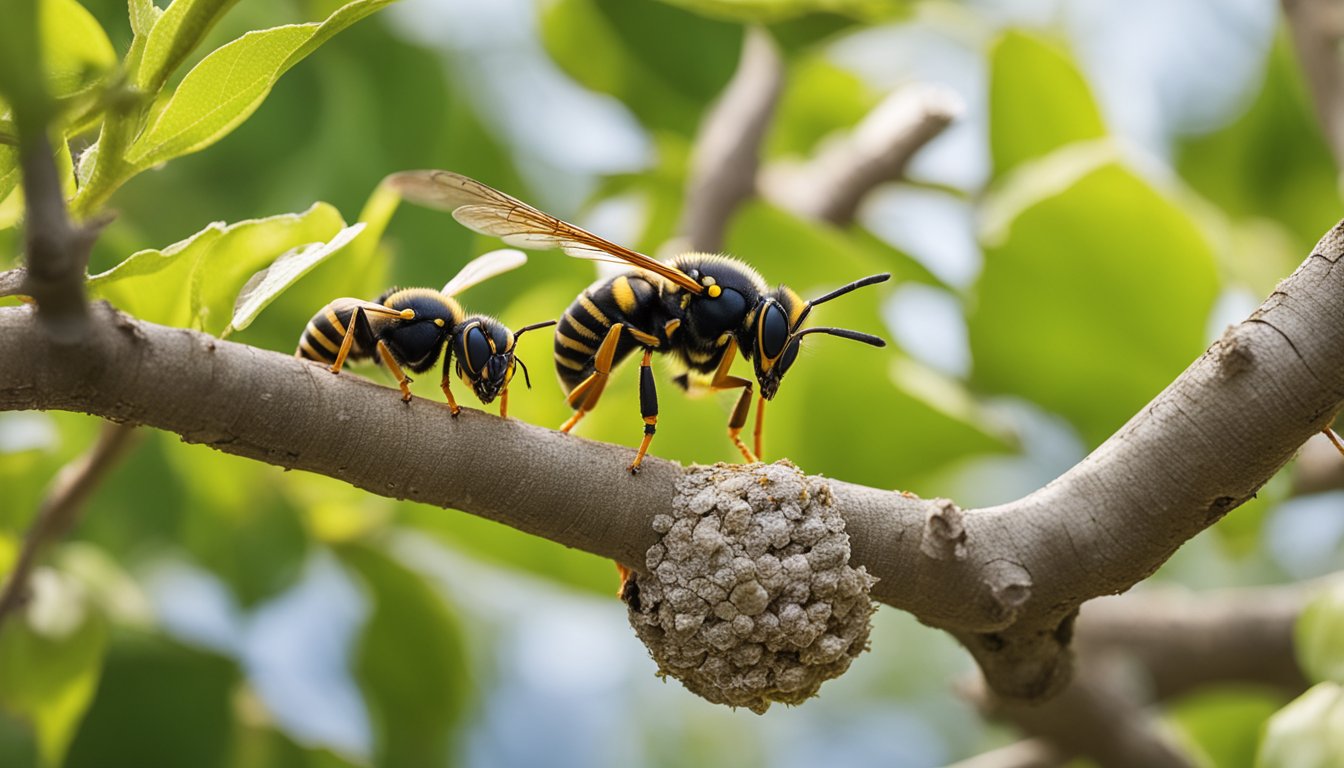
In my studies of hymenopteran insects, I have found that wasps in Ireland have fascinating behaviours and life cycles. These social creatures play a vital role in the ecosystem, despite being less popular than their bee relatives.
Social Structure
The social structure of wasps is complex and hierarchical. At the top are the queens, which emerge from hibernation in the spring to establish new colonies. As the season progresses, these queens lay eggs that develop into workers. These worker wasps are sterile females and are responsible for colony maintenance, caring for the larvae, and foraging for food.
Feeding and Foraging
I’ve observed wasps employing cooperative strategies when they forage for food. The primary diet of adult wasps consists of nectar, which provides them with energy. However, they also hunt various insects to feed the developing larvae within their colony. The larvae, in turn, produce a sweet secretion that the workers consume. This exchange is crucial for the survival and growth of the colony.
Reproductive Cycle
The reproductive cycle of wasps begins as the seasons shift from summer to autumn. At this time, new queens and males are produced within the colony. After mating, the males soon die. The cycle continues as mated queens seek shelter in places like hollow wood, preparing for hibernation through the winter. This ensures that they can survive to start new colonies the following year, perpetuating the wasp cycle. My research confirms that the lifecycle of wasps ensures they remain a constant, if sometimes aggressive, presence in the Irish ecosystem.
Conservation and Public Engagement
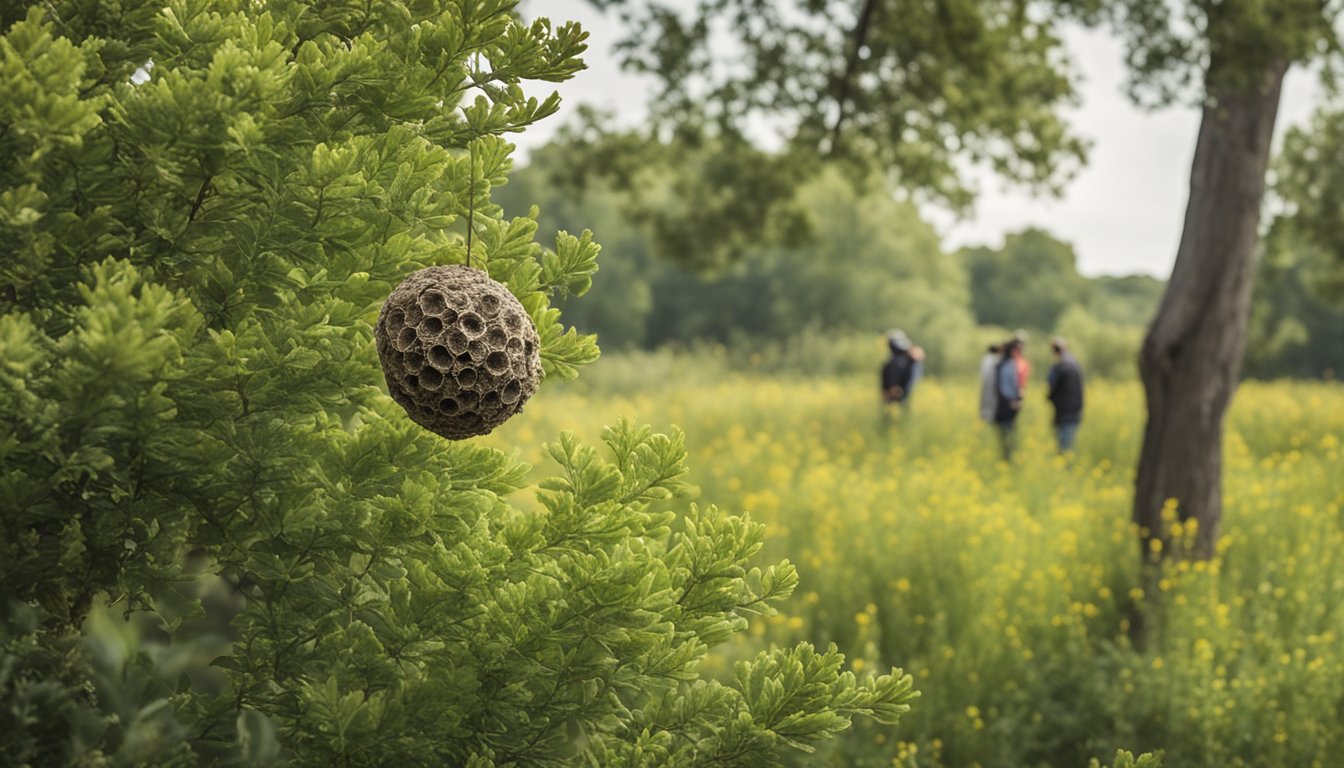
In my exploration of wasps in Ireland, I find that their conservation is intimately linked with public participation, leveraging comprehensive biodiversity data to support effective ecological stewardship.
Role in Biodiversity and Ecosystem
Wasps are crucial for maintaining the ecological balance within Irish environments. They perform pivotal roles such as pest control and pollination. The National Biodiversity Data Centre collects and manages data that illustrates the positive impact of wasps on our ecosystems, contributing to a better understanding of these insects and highlighting the necessity of conserving their habitats within protected areas.
Conservation Efforts
The conservation of wasps in Ireland has been gaining momentum with initiatives focused on both protecting wasp species and their habitats. Detailed datasets at the Biodiversity Data Centre inform decisions about wildlife conservation measures and the declaration of new wildlife sanctuaries. Initiatives like the All-Ireland Pollinator Plan have also recognised the significance of wasps to biodiversity, encouraging efforts in both rural and urban settings to safeguard these important pollinators.
Ireland’s Citizen Science Portal
Ireland’s Citizen Science Portal is a testament to how modern technology can empower individuals to contribute to nature protection. This portal is a key tool in collating ecological parameters through citizen-collected data, which is imperative for ongoing conservation activities. It enables every person to contribute to the national database, directly influencing the fate of wildlife habitats and fostering a nationwide connection to wildlife protection efforts.
Encounters and Management
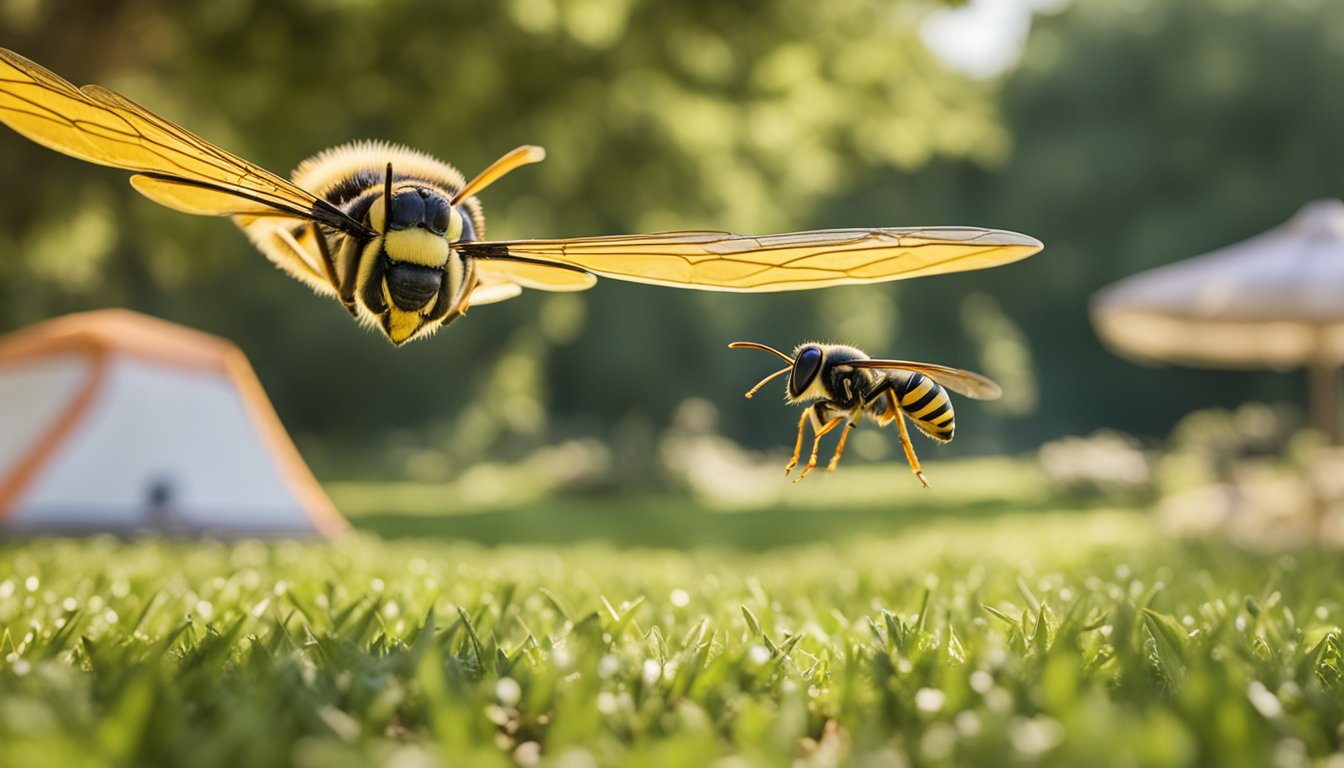
In Ireland, managing encounters with wasps and their nests is crucial, particularly as their activity peaks from late summer to October when they forage for sugary secretions and can become a nuisance.
Managing Wasp Nests
I’ve found that wasp nests are often located in sheltered spots with easy access to the outside. You may encounter them in hollow trees, wall cavities, or roof spaces. A typical nest can house up to 10,000 individuals. If you spot a nest, it’s essential not to disturb it, as wasps will defend their home aggressively. For safe wasp nest removal, it’s advisable to engage a professional ecologist or pest control service who can remove the nest safely and efficiently.
Safety and First Aid
Wasps can pose a threat to humans, especially if they feel provoked. It’s important I wear protective clothing when near a nest. In case of a sting, the immediate steps I follow are to:
- Remove the sting using a hard-edged card to scrape it out rather than squeezing, which can cause more venom to enter the skin.
- Wash the area with soap and water.
- Apply a cold pack to reduce swelling.
If someone experiences severe reactions, such as difficulty breathing or a swollen face, they need emergency medical attention. Always remember that wasps play a valuable role in the ecosystem, so actions for managing them should focus on reducing risks while preserving their populations.
Frequently Asked Questions
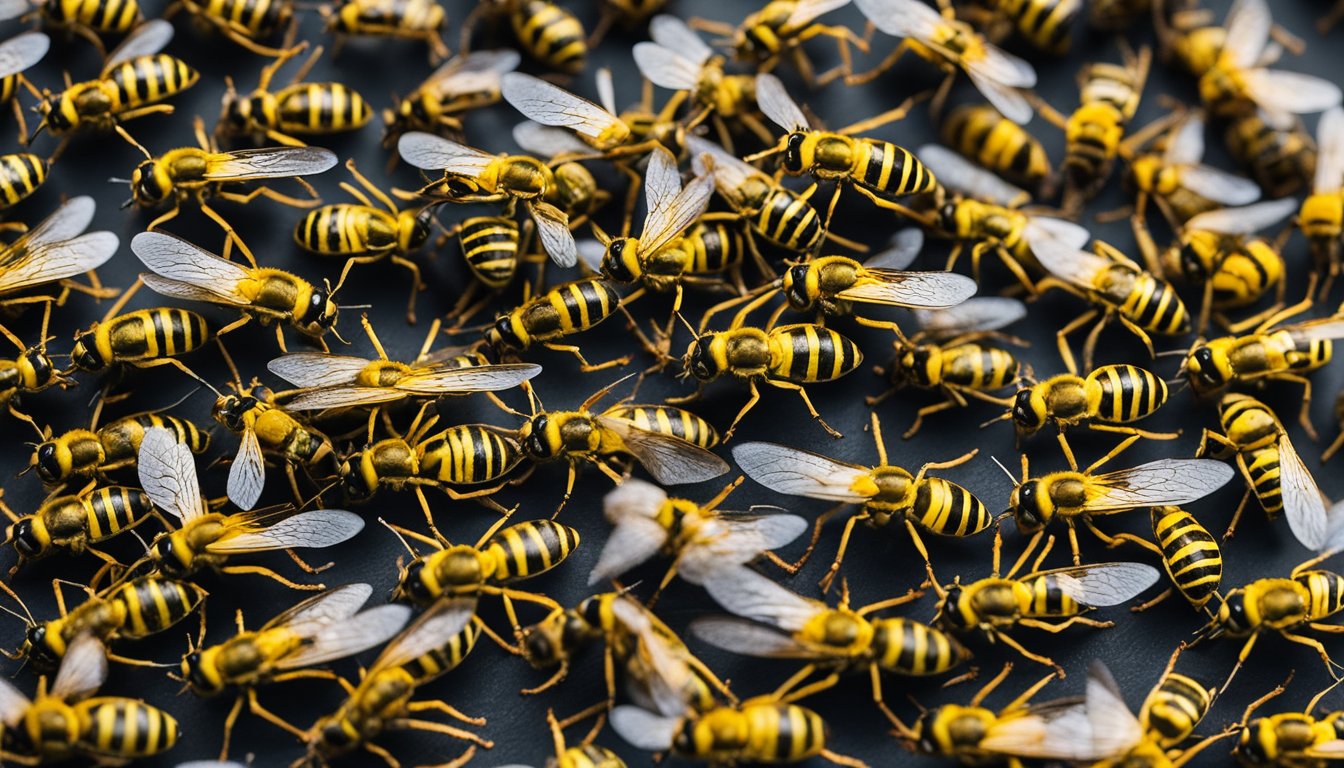
In this section, I’ll answer some of the most common questions about wasps in Ireland to help you understand these insects better.
What types of wasps are commonly found in Ireland?
The two main species of wasps you’ll encounter in Ireland are the Common Wasp (Vespula vulgaris) and the slightly larger German Wasp (Vespula germanica). Both have similar markings, with queens being larger than workers.
Are there any wasp species in Ireland considered dangerous to humans?
While wasp stings can be painful, the species found in Ireland are not generally considered dangerous to most people. However, some individuals may have allergic reactions to stings, which can be severe and require medical attention.
What are the most effective methods for wasp control and removal in Irish homes and gardens?
For safe wasp control and removal, professional assistance is often recommended. This ensures that nests are dealt with effectively and minimises the risks of stings, especially when dealing with larger nests that contain thousands of wasps.
Has there been any evidence of giant wasp species sightings in Ireland?
There have been no confirmed sightings or evidence of giant wasp species in Ireland. The wasps here are typical of the sizes expected for Vespula species.
During which months is the queen wasp typically active in Ireland?
In Ireland, queen wasps become active in the spring, usually around April, as the weather warms up. This is when they start to build nests and lay eggs.
Are black or white-coloured wasps present in the Irish ecosystem?
The Irish ecosystem does not typically feature black or white-coloured wasps. The common species found here are predominantly yellow and black.

